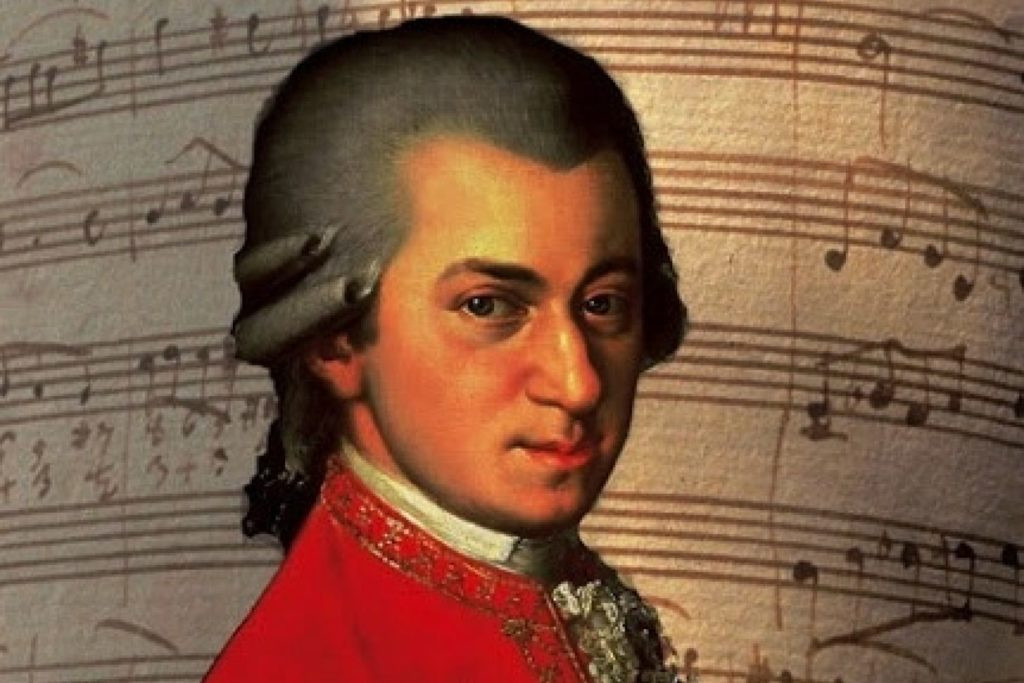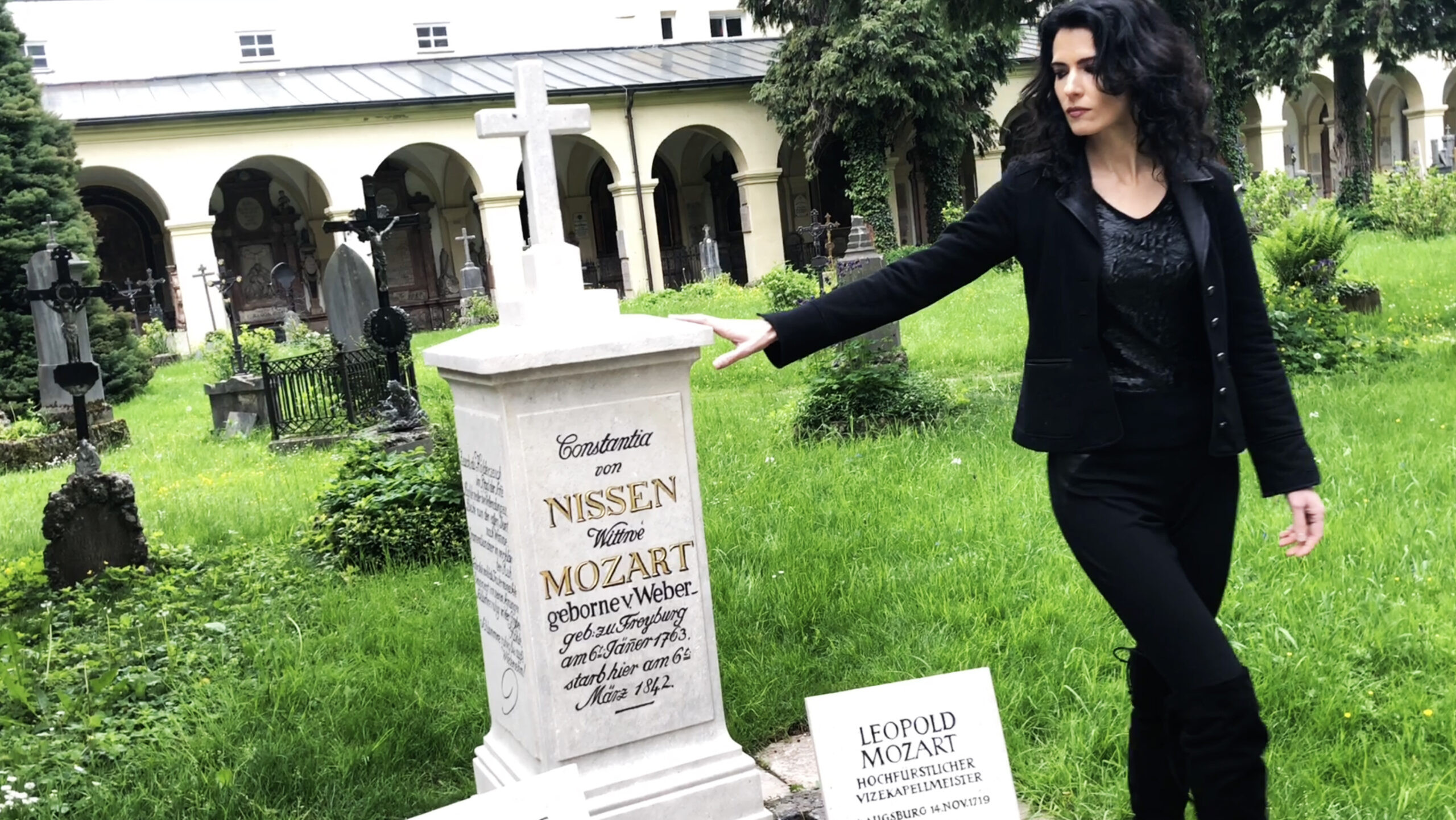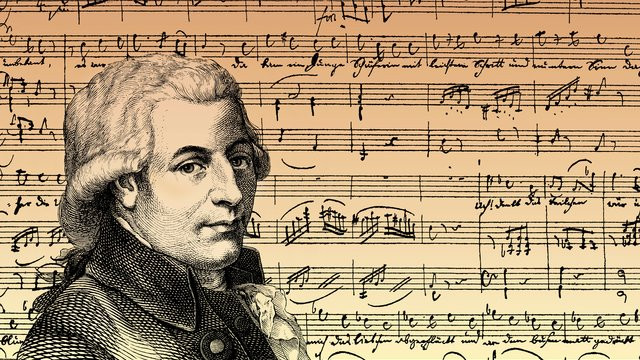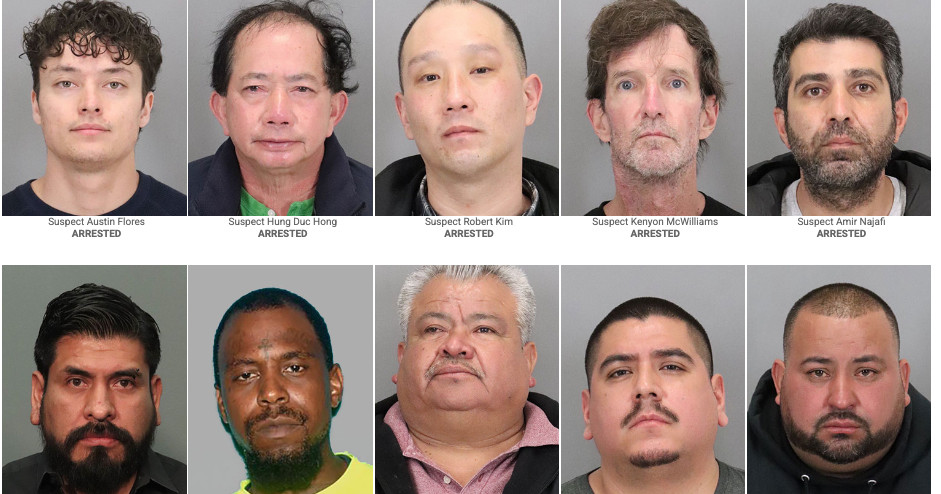Mozart was a musical prodigy, brilliant performer and a tireless, prolific composer.
If only he had been as disciplined about collecting and cataloguing his work.
In the years following Mozart’s early death at the age of 35, people began working in earnest to put together a comprehensive chronology of Mozart’s 600-plus compositions. The sleuthing, uncertainty, guesswork and revision continued for nearly two centuries.
Neal Zaslaw, the Herbert Gussman Professor of Music Emeritus, is the latest – and potentially the last – to assemble a so-called Köchel Catalog, named for Ludwig Ritter von Köchel, who created the first systematic inventory of Mozart’s works.
Neal Zaslaw, the Herbert Gussman Professor of Music Emeritus in the College of Arts and Sciences, is the latest – and potentially the last – to assemble a so-called Köchel Catalog, named for Ludwig Ritter von Köchel, who created the first systematic inventory of Mozart’s works, published in 1862.
Zaslaw’s newly released “Köchel-Verzeichnis 2024” (“verzeichnis” is German for “list, catalog or directory”) has been more than three decades in the making. The book’s release will be celebrated Sept. 19 in Salzburg, Austria – Mozart’s birthplace – and streamed live at 5 a.m. EST. It’s a fitting capstone to the 85-year-old Zaslaw’s career as one of the world’s leading Mozart authorities, one who was once dubbed “Mr. Mozart” by the New York Times for organizing the 1991-92 Mozart Bicentennial at Lincoln Center.
“My goal was to finish it before I died,” he said. “And I faked everybody out and did it.”
A Maze of Manuscripts and Editions
As the son of a professional musician, Mozart began performing, touring and composing at an age when most children are learning the alphabet and basic arithmetic. He wrote steadily and abundantly, and over the years he had many patrons, commissions, tours, publishers and score copyists. When he died in Vienna in 1791 during a flu epidemic, he’d left behind “a maze of manuscripts and editions scattered across Western Europe,” according to Zaslaw.
“He became a sort of a cultural hero, and people were fighting over his legacy and trying to get their hands on his music,” Zaslaw said. “Some of his music had been published in two or three cities because there were no international copyright laws then, but plenty of his other music had never been published. A lot of works had gone missing. And there were forgeries, because when unscrupulous publishers acquired music by little-known composers, which was unlikely to sell under their names, they knew it could sell under Mozart’s name.”
Ludwig Ritter von Köchel
Ludwig Ritter von Köchel was a scholar, royal tutor, amateur musician and “Mozart worshiper” who devoted much of his life to researching the maestro. He built upon previous, partial catalogs to assemble the bulk of Mozart’s works and established a double system of organizing them: chronologically by composition date and indexed by genre, i.e., symphonies, operas, sonatas, etc.
By doing so, Zaslaw said, Köchel created the first systematic reckoning of a composer’s works, which served as the model for cataloging the music of other composers and made him a pioneer in the field of musicology.
But the Köchel catalog still contained gaps and errors, and its author furiously collected notes for a follow-up but died before its completion. His publisher, Breitkopf and Härtel, produced a second edition in 1905, and others followed in the ensuing decades, some of them authorized, others much contested, which only increased the confusion, as did the fact that Europe was riven by a pair of world wars.
“In the ’50s and ’60s, Europe was still in chaos. During World War II, many sources had changed hands, been hidden for safekeeping or destroyed. Collectors of and dealers in Mozart’s manuscripts had fled Europe with their treasures, settling in England, Argentina, Canada and the United States,” Zaslaw said. “In addition, a considerable number of Mozart’s manuscripts taken from the Prussian State Library in Berlin had disappeared behind the Iron Curtain. The Russians weren’t telling where they were.”
Mr. Mozart
So how does one become “Mr. Mozart”? Like a dramatic symphony, Zaslaw’s life in music has had a number of movements. He began his career as a professionally trained flutist, studying at the Juilliard School and performing with the American Symphony Orchestra under Leopold Stokowski’s direction from 1962‑65. He also earned a B.A. from Harvard and, later, graduate degrees from Columbia University.
As a doctoral student, Zaslaw considered tackling Mozart for his dissertation. But his adviser, renowned musicologist and music critic Paul Henry Lang, had a few thoughts about that.
“He looked concerned and said, ‘Well, this is such a big subject and so much has already been done.’ Lang was friends with his generation of scholars who had done some remarkable work, and he thought they had done it pretty well. He said, ‘I don't advise a newly minted musicologist to undertake a project of that scope.’ This was absolutely sincere advice from an experienced scholar,” Zaslaw said. “I went off and wrote about something else.”
When Zaslaw arrived at Cornell in 1970 and the department asked him what kind of research seminar he wanted to run, his mind went straight to Mozart. He soon discovered that “all hell was breaking loose” in the realm of Mozart studies. A new edition of the composer’s works was being created by scholars in Salzburg – preparations for which were turning up fresh sources of information – and new techniques had been devised for re-evaluating the dating, circumstances and authenticity of Mozart’s compositions.
There was, in fact, plenty more to write about, and Zaslaw’s background in performance and academia made him well-qualified to write it.
“As someone who went all the way up through professional training as a performer and as a scholar, a lot of my life has been spent trying to bridge that gap and pull the two things together,” Zaslaw said. “And that is how, for 50 years, I trained my students at Cornell: the performers I made into scholars and the musicologists I made into performers. Otherwise, each would be missing crucial elements that would bear on any ideas they had and conclusions they reached.”
Zaslaw has written and edited numerous books and more than 75 articles on baroque and classical music, historical performance practices, the history of the orchestra and Mozart. He was editor-in-chief for Current Musicology and book review editor for Notes, the Quarterly Journal of the Music Library Association. As musicological advisor for Decca Records’ Oiseau-Lyre label, between 1978 and 1982 he supervised recordings of all of Mozart’s 60-odd symphonies, performed by the Academy of Ancient Music and led by Jaap Schroeder and Christopher Hogwood.
In 1991, he was knighted by the Austrian government for his contributions to Mozart performance and research. That’s how one becomes “Sir Mr. Mozart” – although Zaslaw points out that he loves a wide variety of music, from ancient Greek to modern electronic work. As a musician, he had a particular fondness for the pieces Mozart wrote for the flute, and how he blended the new and the old, the quirky and the sensible.
“He seemed to work both sides of the street,” he said. “And somehow that made me happy.”
The Making of a Köchel Catalog
When the contract for the new Köchel catalog was signed in 1993, Zaslaw and the publisher agreed to a reasonable deadline.
“The contract said that I would finish it in seven years,” Zaslaw said. “As the years grew into decades, I was still finding it ‘fun,’ but I began to wonder whether I would finish it before I died.”
It is an Astounding Relief
As Zaslaw dug into the project, the Cold War hadn’t quite defrosted, and cooperation between libraries and archives across the capitalist-communist divide remained poor. But there had been progress. After years of rumors, the Russians admitted in 1976 that the manuscripts taken from the Berlin library were stored in the basement of the library of the University of Krakow, Poland, and in spring of 1977, Zaslaw flew to Krakow and examined the manuscripts, taking detailed notes.
But there was a larger issue Zaslaw encountered with the catalog, one that previous Köchel editors had never successfully resolved. The brilliant categorical system Köchel invented was collapsing under its contradictions.
The original catalog numbered Mozart’s works chronologically, but that system had grown convoluted due to new discoveries, corrections and – perhaps ironically – the very way Mozart worked, which is to say, iteratively. It’s a method that contradicts the idealized notion many of his admirers had of him.
In the popular conceptualization of Viennese classical composers, Zaslaw said, Haydn represented the genteel old guard whose pieces “smelled too much of powdered wig,” Beethoven was the wild madman, and Mozart was the genius prodigy whose works were divinely inspired.
And divinely inspired geniuses do not revise their work.
Mozart was a tireless, prolific composer who left behind “a maze of manuscripts and editions scattered across Western Europe” when he died in 1791, according to Zaslaw.
“This is tricky, because it involves a clash of civilizations, and the romantic idea of what a genius did,” he said. “The fact is, many of Mozart’s pieces exist in several versions, because as he went about his business, he would take out pieces and use them in different places, with different acoustics, with different soloists, with different patronage, and he would adjust them. So this put the poor Germans and Austrians in a situation where they had to say which of those was the masterpiece. So I felt I was going to unpack all of that.”
Zaslaw was able to tap many new resources that previous Köchel editors lacked: the internet, a rising generation of scholars willing to communicate and cooperate, and international projects that were inventorying libraries and archives that had never been fully catalogued.
But there was another vestige of tradition that stymied Zaslaw. The legacy of the Köchel itself.
“I consulted a lot of performers and librarians and archivists and scholars and publishers,” he said, “and they were basically saying, ‘You can’t change the numbers by which we know all of Mozart’s works. Mozart’s G minor symphony is Köchel listing 550. Do not assign a new number to that. It will create chaos.’”
Zaslaw came up with a crafty, albeit time-consuming, solution. The previous numbering system has been retained, but “chronological” has disappeared from the book’s title and Zaslaw devised an elaborate new index system for crediting sources. Upon finally finishing the catalog, he shared it with experts at the Mozarteum – an institution in Salzburg that combines a concert hall, a music school, a university, three museums, as well as a library, archive and research institute – who provided feedback, translated the book into German and formatted it.
Now, 24 years after it was initially promised, Zaslaw’s Köchel has arrived, and it is an “astounding relief,” he said. It’s a hefty tome, roughly 1,300 pages. It is the fifth official Köchel, and it looks to be the final one. Eventually the catalog will move online, where any additions, annotations and corrections can be made with a click of a button.
“Neal may have experienced this publication as an astounding relief, but to the rest of us, it’s just astounding,” said Benjamin Piekut, professor of music and chair of the department in the College of Arts and Sciences. “Few projects actually require thirty years. This one did. And it’s characteristic of Neal’s inspiring reputation as a teacher that generations of doctoral students in musicology were given the opportunity to chip away at the project with him in seminars over the years.”
A 'Third Child' Called Mozart
Zaslaw plans to travel to Salzburg for the book launch, which will be held at the Mozarteum and will coincide with a weekend-long conference dedicated to the composer. He will be accompanied by his wife, the psychologist Ellen Zaslaw, and their two daughters.
“I was touched and expressed surprise that my very busy daughters wanted to take time away from their busy professional lives and travel from Atlanta and San Francisco to Salzburg to join their mother and me,” Zaslaw said. “Their response was ‘Well, you thought you had only two children. But we thought you had three. There was this other guy called Mozart.’”



















